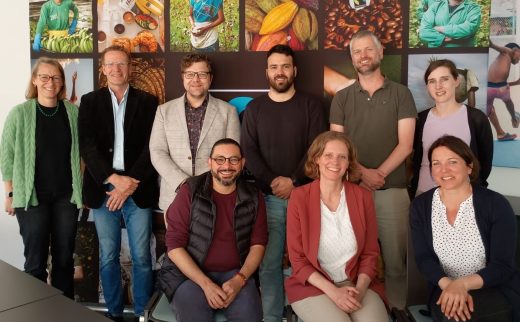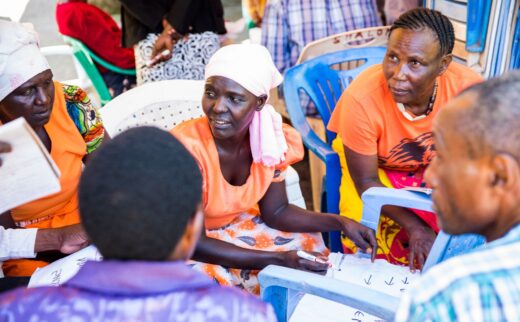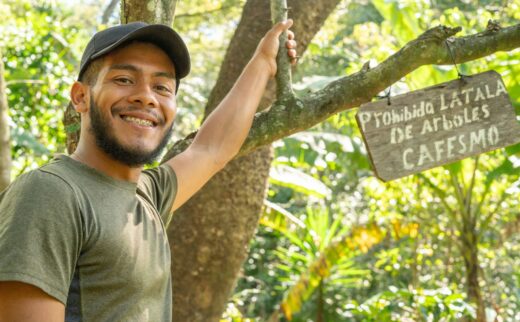Safe use and handling of agrochemicals in the coffee sector
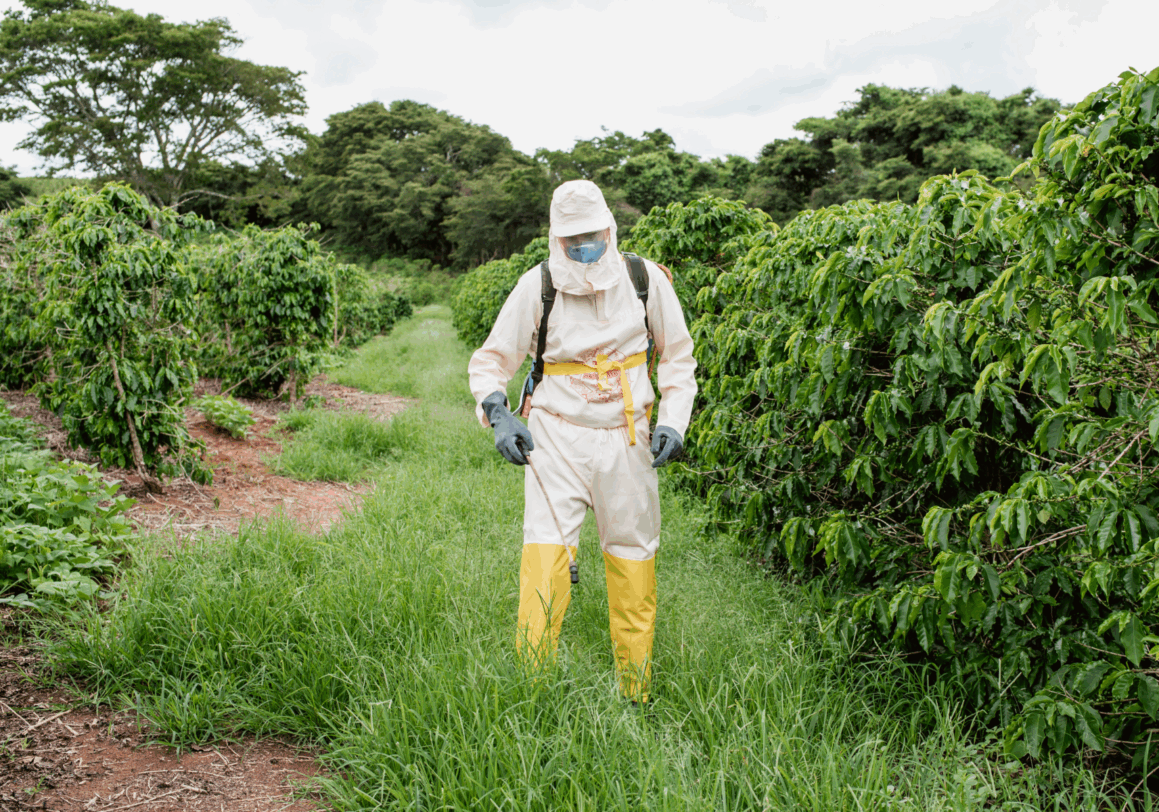
The misuse of agrochemicals in coffee production is a reality. A reality many people know exists, but one that is not getting enough attention and awareness.
Our last article explored some of the ways smallholder coffee farmers are misusing, handling, storing, and disposing of agrochemicals, the reasons why they do so, and the harmful effects being faced as a result. In response to this unfortunate reality, the initiative for coffee&climate (c&c) has developed an integrated strategy to reduce these risks and promote the safe use and handling of agrochemicals in the coffee sector.
Keeping extension agents sensitized
As the effect of climate change continues to trigger an increase in pests and diseases, new agrochemicals are being introduced to the market, regulations on their usage are changing, and new application techniques are being tested.
“It is highly important that extension agents are kept up to date with these changes and receive proper training on each of these topics”, states Stefan Ruge, Program manager of c&c. “They are the ones providing smallholder families with strategies and guidance on how to reduce these risks and increase their productivity. They need to be informed in order to develop effective methodologies that will support them.” Through a series of modules, extension agents from Hanns R. Neumann Stiftung (HRNS) – the implementing partner of c&c, receive training every trimester on the areas of climate-smart agriculture, integrated pest, and disease management, safe use and handling of agrochemicals, among other topics. This knowledge is then transferred to smallholder families in the form of farmer field schools, field days, and the establishment of demonstration plots.

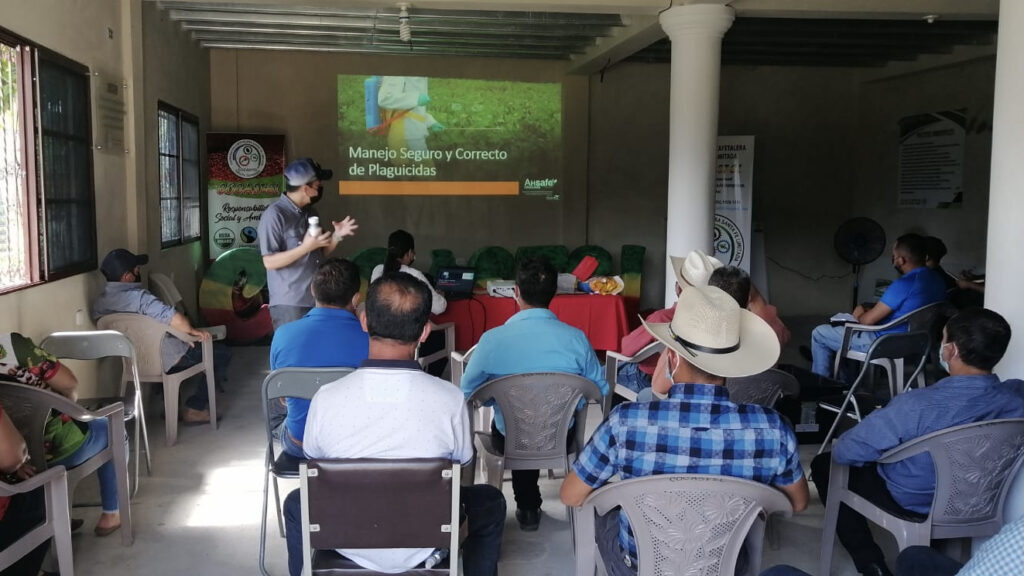
Promoting an Integrated Pest Management (IPM)
The effects of climate change on coffee production continue to trigger an increase in pests and diseases, leading smallholder families to depend on the use of agrochemicals. However, they’ve switched to this alternative unconsciously, without knowing that solutions to combat these pests start at a farm level.
An integrated pest management, or IPM, is an ecosystem-based strategy that focuses on the long-term prevention of pests and their damage through a combination of techniques. As part of c&c’s methodology to combat the outbreak of pests and diseases and promote the safe use and handling of agrochemicals, smallholder families learn how to implement an IPM into their farms and the benefits this brings.
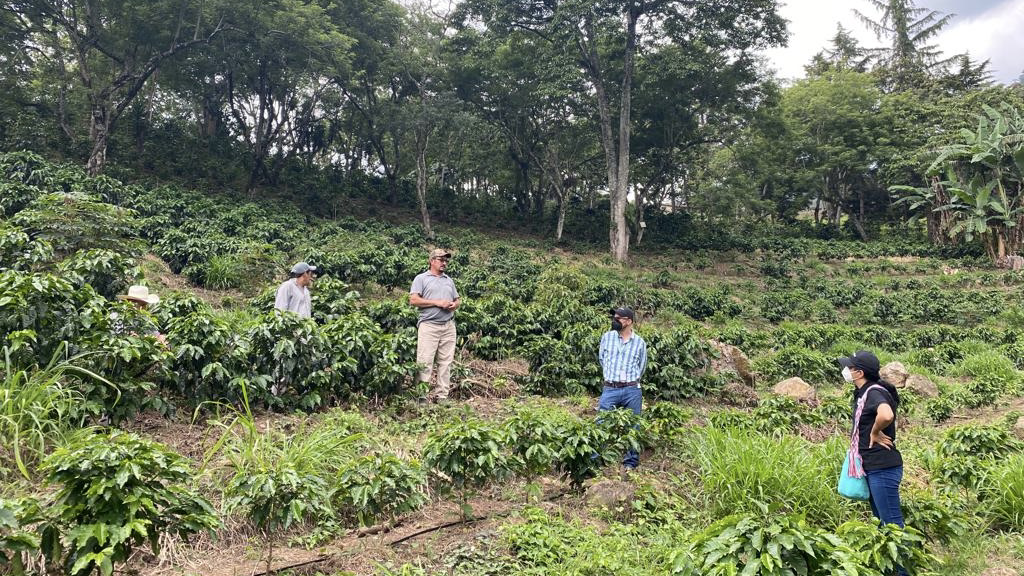
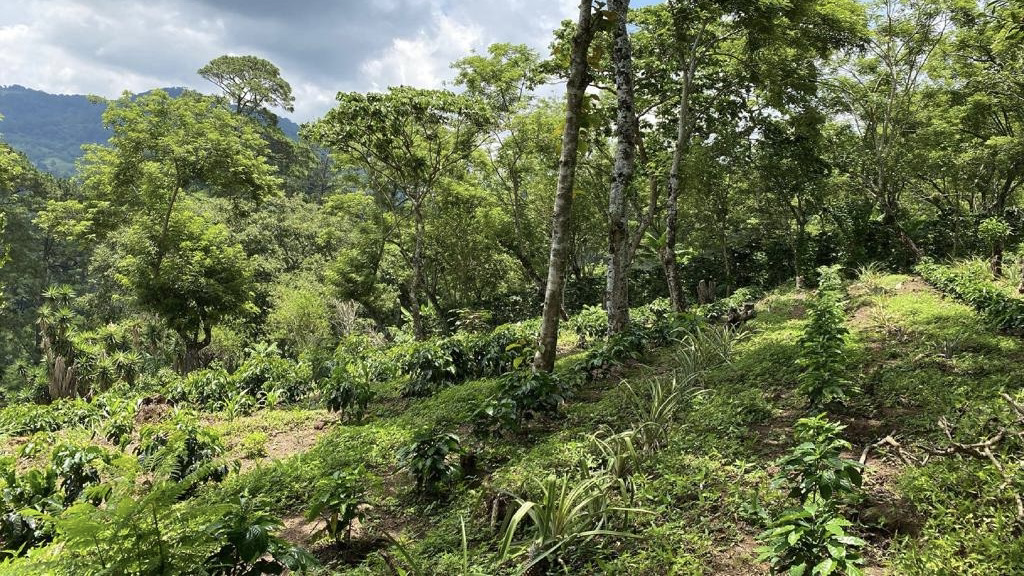
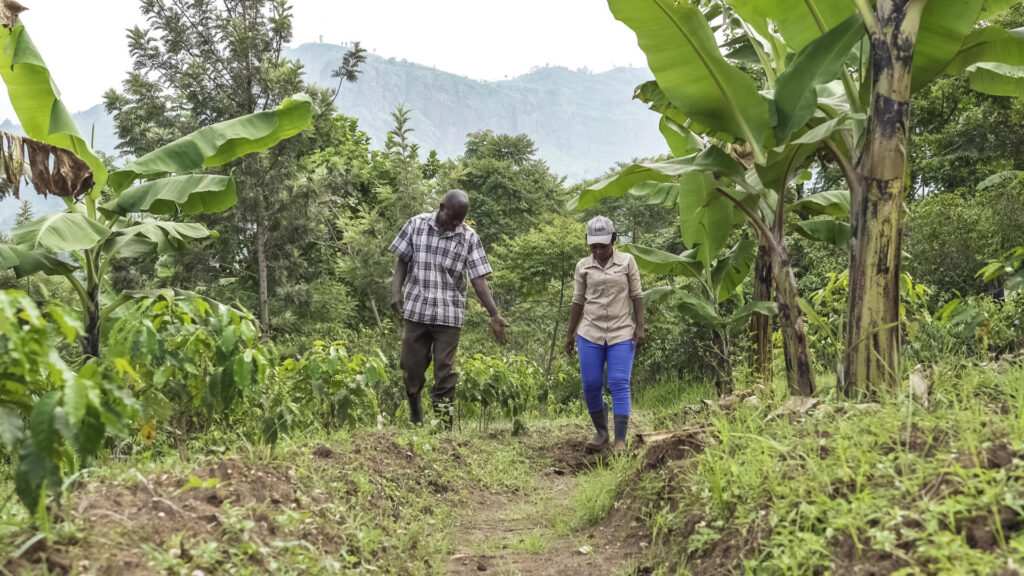

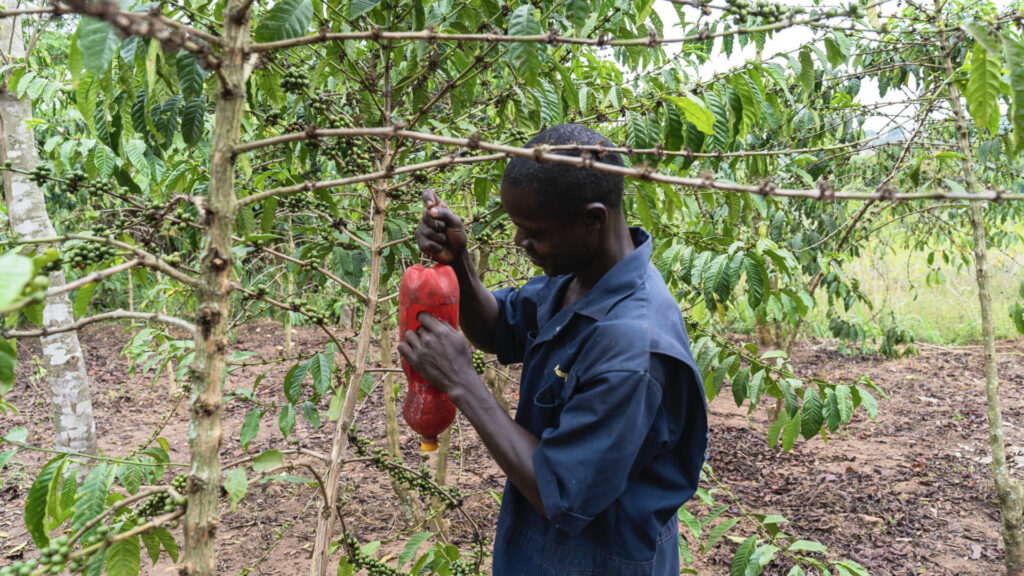
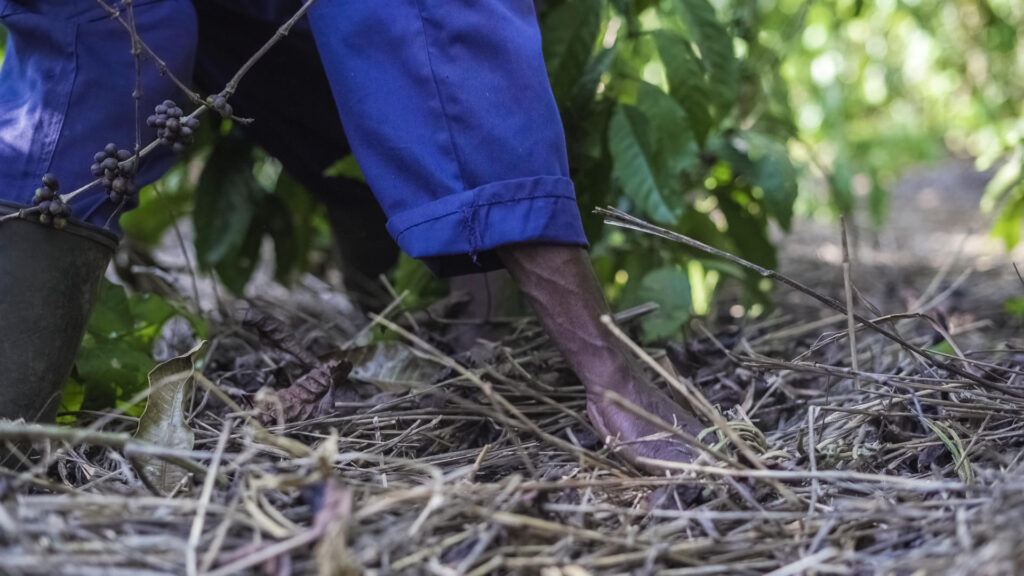
How does IPM work?
With IPM, smallholder families take actions to keep pests from becoming an uncontrolled problem. This is achieved by proper monitoring and correct pest identification in the farm, implementing good agricultural practices that lead to growing a healthy crop that withstands pest outbreaks, selecting resistant varieties, and implementing agroecological practices, among other practices.
In Honduras, Oscar Solorzano, has been working to implement an IPM system into his farm. Some of the practices he has adopted include resilient varieties, integrating cover crops, incorporating the use of organic products, and reducing the use of herbicides. “The good agricultural practices I have implemented have made my crops much stronger and healthier. The amount of agrochemicals I use has dropped significantly. I’ve come to understand that apart from agrochemicals, other alternatives exist. It’s about building a strong, healthy farm that is fit to combat pests and diseases and that when agrochemicals are used, that they are only used when needed, in the right amount, dose and label”.

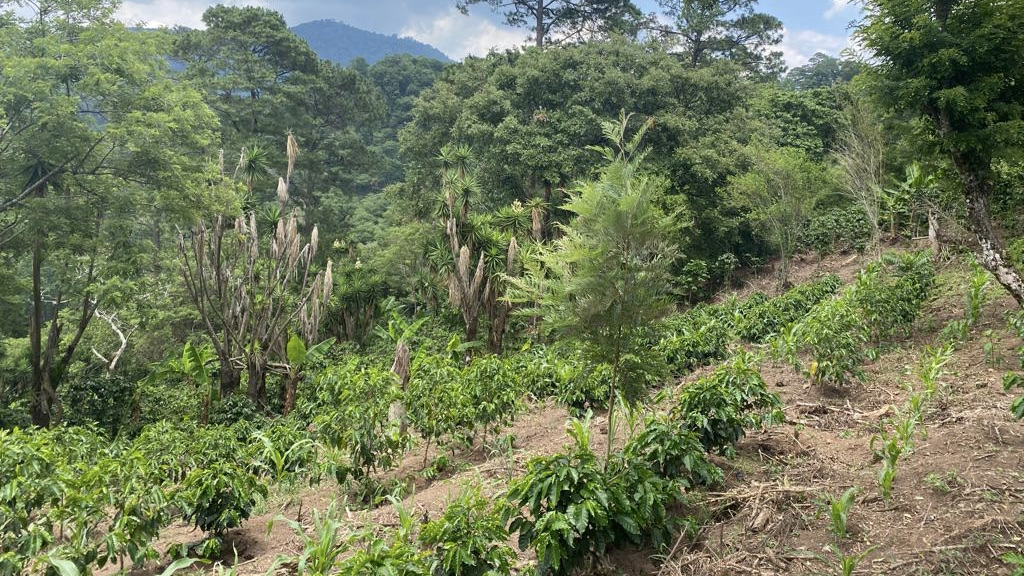
Rather than solely depending on the use of agrochemicals to eliminate pests and diseases, using IPM means identifying and working with environmental factors that affect the pest and its ability to thrive. As a result, smallholder families are working with good agricultural practices to create conditions that are unfavorable for the pests, while improving the efficiency and profitability of their farm. Agrochemicals are no longer used uncontrollably and instead, are only used after proper monitoring indicates that they are really needed.
Increasing knowledge on the safe use and handling of agrochemicals
An IPM reduces the dependency of agrochemicals in farms. However, when agrochemicals are needed, they are oftentimes misused. In a recent baseline study conducted in Honduras, about 50% of smallholders reported modifying the recommended dose of pesticides on the label, while 55% are not wearing full personal protective equipment, the reality of many smallholder families in many developing countries.
c&c is working to address this. In partner projects using the c&c methodology, smallholder families are undergoing training on best practices for agrochemical use, and best practices for the final disposal of agrochemicals. The topics being explored in each module include:
Best practices for agrochemical use:
- Biological control mechanisms
- Choice of appropriate pesticides
- Proper dosage
- Application Equipment
- Criteria for correct application: calibration, recommended nozzle, form of application, time
- Personal Protective Equipment
- Criteria for storage
Best practices for final disposal of agrochemicals:
- Triple washing techniques
- Management of waste utilizing “biodeps”
- Collection centers for pesticide containers
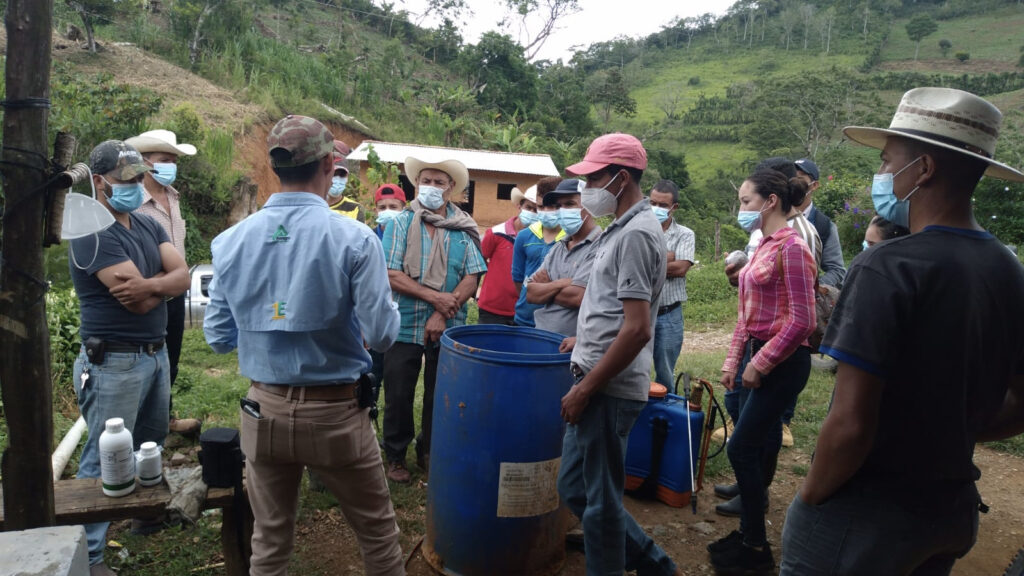
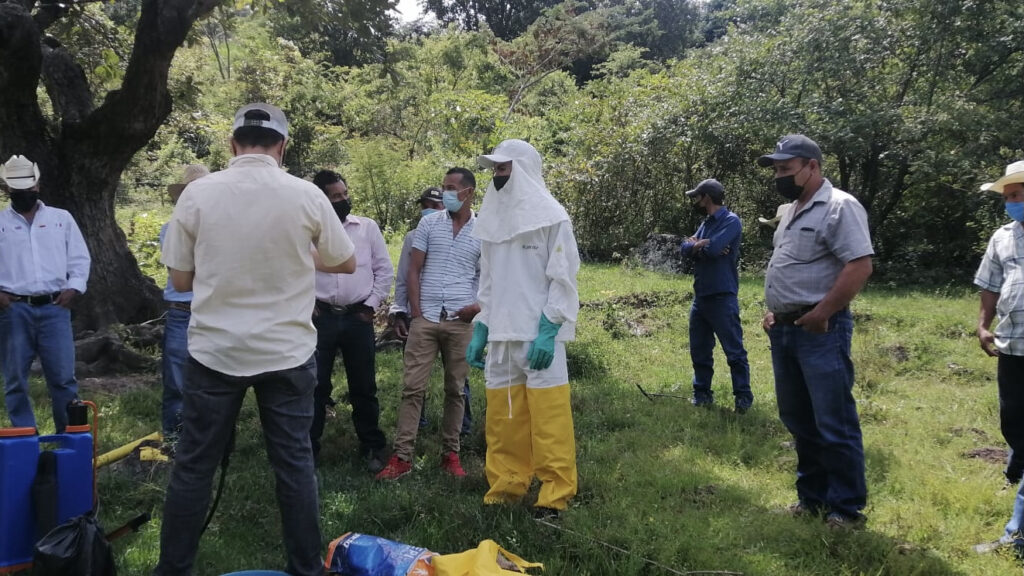
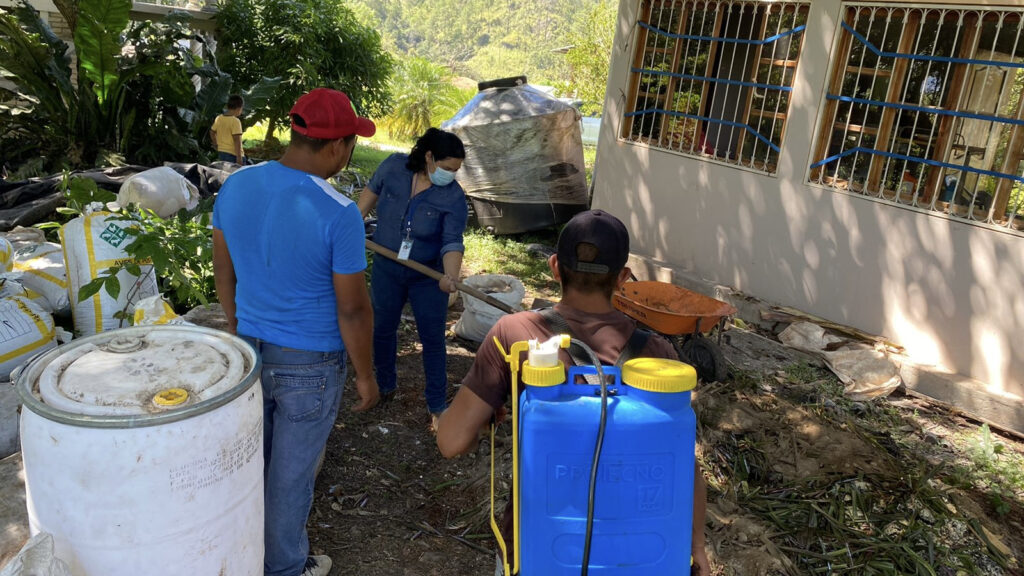
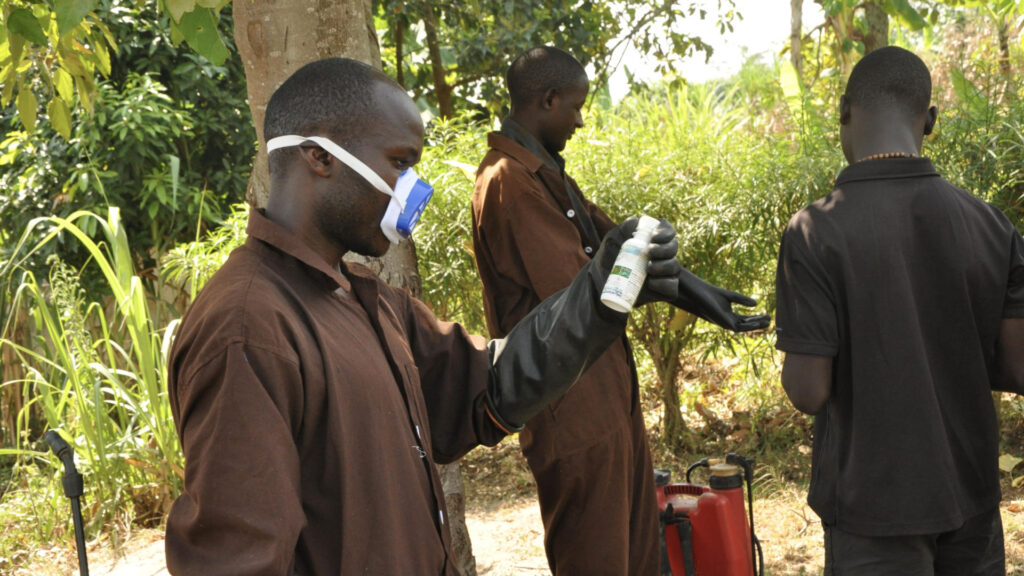
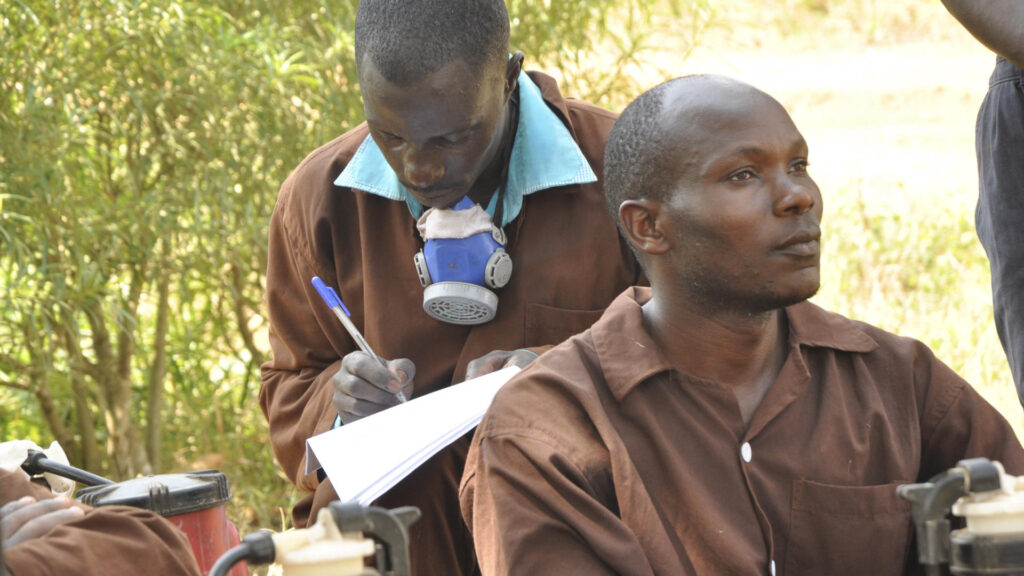

Creating strong partnerships
It is true that working with smallholder families at a farm level is needed to improve the safe use and handling of agrochemicals in the coffee sector. It’s part of c&c’s strategy, but not all of it.
The topic of agrochemicals is very complex and goes far beyond solutions at a farm level. Therefore, an important part of c&c’s strategy to promote the safe use and handling of agrochemicals in the coffee sector involves creating strong partnerships and collaborations with different actors in the sector.
c&c has partnered with national farmer organizations, national coffee institutes, and international institutions such as CropLife International. By working together, strategies to promote the safe use and handling of agrochemicals are developed at every level, including finding ways to regulate pesticide distribution, enforcing laws surrounding the safe use and handling of agrochemicals, and taking relevant measures to control banned chemicals.
